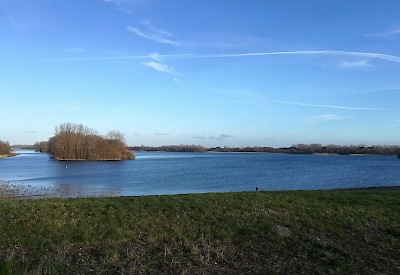Oostvoorne
Q2738927Oostvoorne: place of a Roman fort, destroyed by the sea.

In 173 CE, the Chauci, a tribe that lived in what is now called Groningen (Netherlands) and Ostfriesland (Germany) and was well-known for its sea-faring qualities, attacked what is now called Flanders (Belgium). The Roman governor of Gallia Belgica, Didius Julianus, defeated them.note The Roman government responded by building several forts along the shore of the North Sea.
One of these new castles must have been at Oostvoorne, close to the port of Rotterdam, where the terrain has changed completely. However, some ruins were still visible in 1752. This fort guarded the estuary of the river Meuse ("Helinium") and must have stood near the entrance of Corbulo's Canal. A villa complex has been identified at nearby Helhoek.
Because the remains survived for centuries, it is likely that the fort, originally made of wood, was at some stage replaced by a heavily fortified castle, made of natural stone. We may assume that this happened in the fourth century, after the campaigns of Constantius I Chlorus.
In the twelfth century, a new castle was built (still visible in Oostvoorne). This proves that the Roman castle was no longer in use and had, by then, been swallowed by the sea.